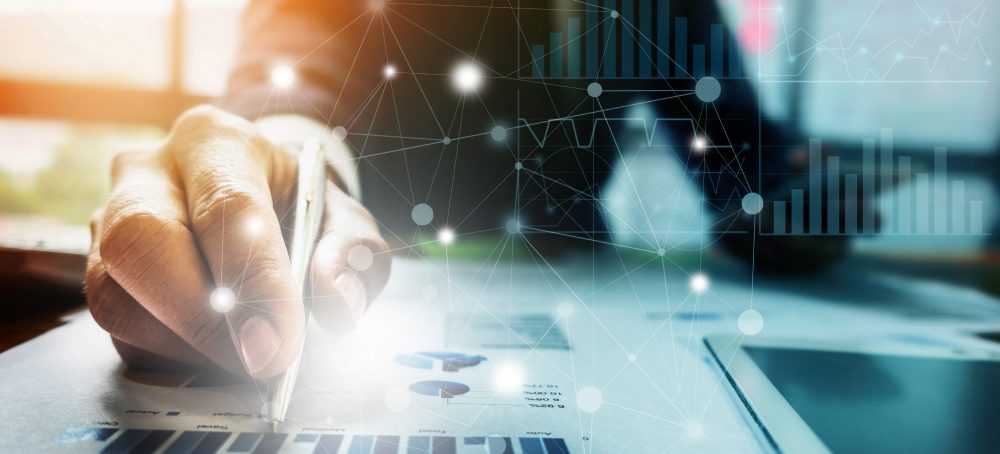This blog post is an excerpt from GovLoop’s recent guide, “How You Can Effectively Use Data Analytics.” Download the full guide here.
Agencies recognize that modern analytics has become an imperative. But in order to take advantage of these capabilities, they need access to computing platforms that support real-time decision-making as well as their mission priorities.
To fully leverage data analytics, agencies should modernize their data centers, to gain an edge in computing and securing data. At the same time, the workforce should have the ability to perform mission-critical duties from any device or location.
As a first step, agency leaders should incorporate automation and next-generation infrastructure into their data centers. Many agencies are streamlining compute, storage, networking and server virtualization into a converged or hyper-converged infrastructure. This holistic approach provides numerous advantages, particularly when it’s part of an overall next-generation model. Agencies will be able to decrease their IT footprint, become more energy-efficient and deploy modern, cloud-based applications.
A modernized infrastructure also provides agencies increased flexibility in the data center, to decide whether and how to scale up or scale out. With the tedious, yet critical, tasks run by automation, the workforce is now more available and efficient and has time to innovate.
By using modernized technologies, agencies can effectively combine hardware and software to push compute and storage resources out to the tactical edge thus bringing the data center closer to frontline users. For example, if a Federal Emergency Management Agency employee is responding to a disaster and needs to run applications but cannot get network access or soldiers in the field require higher compute power than is available. Modern data centers allow agencies to quickly scale and allocate computing and networking resources as the mission requires. Agencies are also beginning to understand that cloud is not an end destination, but rather an operating model. As they seek to adopt more sophisticated analytics, agencies must work to properly secure data in the cloud while complying with IT policies in place.
Modernized infrastructure is also critical to protecting data. Robust security features can be built in from the silicon to the firmware, all the way up to the system level, such as enforcing hardware-based, root-of-trust for firmware upgrades. This includes encryption of data at rest and the frequent rotation of user credentials, so they are only useful for short periods of time.
Data is a precious commodity because it powers decision-making, yet many agencies are struggling to develop comprehensive data protection strategies. Fortunately, through the application of software, they can create an envelope of security around data wherever it resides and wherever it might go.
Personal technology and an increasingly mobile workforce are also driving the demand for better and more comprehensive data security. Sixty percent of people work outside the nine-to-five schedule, and nearly 66 percent do some work from home. With 95 percent of security breaches initiating at the endpoint, that’s a lot of opportunity for a problem.
Therefore, new security capabilities should utilize data analytics to look beyond signature-based issues at the endpoint and instead search for anomalies. To identify a malicious link or file, for example, new security capabilities can evaluate patterns in how users work.
Furthermore, government’s efforts to modernize IT and security align with a transformation of the workforce. Millennials aren’t the only generation who want the latest devices to help them be productive wherever and whenever they want. Not only are technologies improving mobility (by helping employees access information and do work outside of their organizations) but they’re also encouraging cultures to be more service-oriented.
Every agency is at a different stage in its IT modernization journey, but few have fully transformed. We’ve seen how technology can impact and transform entire industries – think of how ride-sharing changed the taxicab industry, for example. Equipped with the right technologies, government agencies can undergo similar changes in the way they deliver citizen services and meet their mission. Modern infrastructure allows agencies to adopt more sophisticated analytics, solve their mission-critical problems, better secure their data and transform the public workforce for the better.






Leave a Reply
You must be logged in to post a comment.